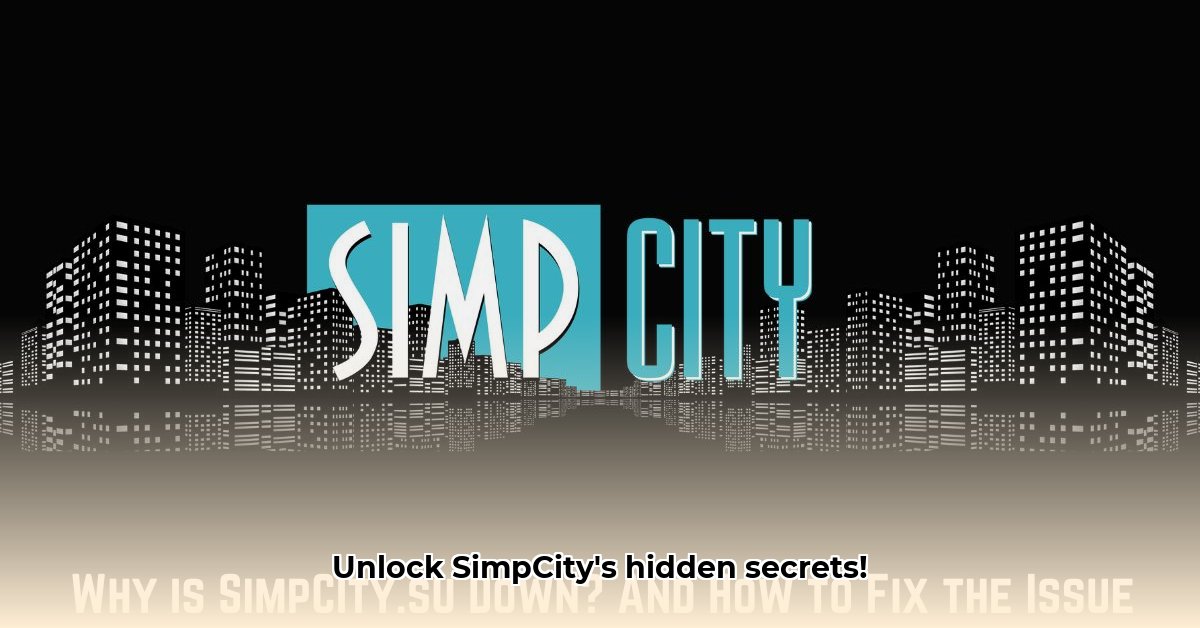Minimalism is more than just a design trend; it’s a lifestyle choice that many are embracing in today’s fast-paced world. As people seek clarity amidst chaos, the appeal of simplicity has grown exponentially. A minimalistic lifestyle blog offers an escape from clutter, inviting readers to slow down and appreciate the beauty of less.
In this digital age, where content bombards us at every turn, creating a space that embodies simplicity can be refreshing. It allows your unique voice to shine without distractions. By focusing on essential elements and eliminating unnecessary noise, you not only enhance user experience but also foster deeper connections with your audience.
Are you ready to embark on a journey towards crafting an engaging minimalistic lifestyle blog? Let’s explore how simplicity in design can transform your online presence into something truly remarkable!
Importance of simplicity in design for lifestyle blogs
Simplicity in design is essential for lifestyle blogs. It allows the content to shine without distractions. Readers can focus on what truly matters—the message.
A clean layout fosters a sense of calm and clarity. When visitors aren’t overwhelmed by clutter, they engage more deeply with your posts. Simplicity invites exploration rather than confusion.
In a world bursting with information, minimalistic designs stand out. They convey professionalism and reliability, helping to build trust with your audience.
Moreover, simple designs are often more accessible across devices. Whether on a smartphone or desktop, users experience seamless navigation.
The right balance of simplicity not only enhances aesthetics but also elevates user experience. Your blog should feel inviting and easy to navigate so that readers return again and again for inspiration.
Choosing a color palette and fonts for a minimalistic blog
Choosing the right color palette and fonts is crucial for a minimalistic blog. A limited selection of colors can create harmony and focus. Consider soft pastels or neutral shades that evoke calmness.
Using one or two primary colors helps maintain simplicity while providing visual appeal. Avoid overwhelming readers with too many contrasting hues. Instead, think about how each color contributes to your brand’s identity.
Fonts play a significant role in conveying your message clearly. Opt for clean, sans-serif fonts that enhance readability without distraction. Pairing a bold headline font with a lighter body text creates an attractive hierarchy.
Be mindful of font sizes as well; they should be easily legible on all devices. Consistency matters here—stick to just two types throughout your site to reinforce your minimalist aesthetic effectively.
Tips for decluttering and organizing your blog content
Decluttering your blog content is essential for a minimalistic approach. Start by assessing your existing posts. Identify those that resonate with your theme and audience.
Next, categorize content based on relevance. Group similar topics together to provide clarity and direction for readers. This will create an organized structure that enhances user experience.
Consider removing outdated or irrelevant articles. They can clutter your space and distract from current themes. Regular audits will help maintain freshness.
Utilize tags and categories wisely. They allow readers to navigate effortlessly through related posts while keeping the layout clean.
Embrace brevity in writing style. Short paragraphs enhance readability and engagement, making it easier for visitors to digest information quickly without feeling overwhelmed by excess text.
Utilizing white space and minimalist graphics in blog design
White space is a powerful design element. It creates breathing room and enhances readability. When your blog features ample white space, it helps guide the reader’s focus.
Minimalist graphics complement this approach beautifully. Simple images or icons can convey messages without overwhelming your audience. Choose graphics that align with your content but keep them understated.
This combination allows for a clean aesthetic while maintaining engagement. You want readers to feel at ease as they explore your posts.
Consider using high-quality visuals sparingly. A single impactful image can resonate more than multiple busy ones cluttering the layout.
Remember, less truly is more in minimalist design. Let each element serve a purpose and contribute to an overall tranquil experience on your blog page.
Incorporating simplicity in blog navigation and layout
A clean layout is essential for a minimalistic blog. Start by reducing unnecessary elements. Aim for clear paths that guide readers effortlessly through your content.
Limit the number of menu items to keep navigation straightforward. Use simple labels that describe what each section offers. This clarity helps visitors find what they need without frustration.
Whitespace plays a vital role in enhancing usability. It separates content and creates breathing room around text and images. This balance keeps the focus on important elements rather than distractions.
Consider a single-column format or grids with ample spacing between posts. A streamlined design allows readers to absorb information without feeling overwhelmed.
Ensure your blog is mobile-friendly. Responsive design enhances accessibility across devices, making it easy for users to navigate whether they’re on their phone or desktop computer.
Promoting a minimalistic lifestyle through authentic content
Promoting a minimalistic lifestyle starts with authenticity. Share your personal journey and experiences with simplicity. Readers connect deeply when they see genuine stories.
Highlight practical tips that have worked for you. Whether it’s decluttering your home or simplifying daily routines, real-life examples resonate more than generic advice.
Incorporate visuals that reflect this ethos—clean images of serene spaces can inspire others to embrace minimalism. Use captions to share insights behind each photo.
Engage with your audience by inviting them to share their own journeys toward simplicity. This creates a community around the shared goal of living intentionally.
Avoid perfection in your content; show the imperfect moments too. Authenticity shines brighter when it’s relatable, making minimalism feel accessible rather than aspirational.
Conclusion: Embracing simplicity to create a successful minimalistic lifestyle blog
Creating a minimalistic lifestyle blog is about embracing simplicity in every aspect. By focusing on clean design, you invite your readers to enjoy an uncluttered experience. It’s essential to select a cohesive color palette and fonts that reflect the ethos of minimalism—calm, balanced, and inviting.
Decluttering your content helps maintain clarity for your audience. Organizing posts into categories allows for easy navigation, ensuring that visitors find what they need without frustration. Utilizing white space effectively gives your text room to breathe, making it easier to read and digest.
Your blog design should flow naturally; simple layouts with straightforward navigation enhance user experience significantly. This approach reinforces the idea of living simply while also promoting ease for those who come across your work.
Authenticity plays a crucial role too. Sharing genuine stories or tips about minimalist living helps resonate with readers looking for guidance or inspiration in their own lives.
By fully embracing these principles of simplicity in both design and content creation, you’re setting up not just a blog but a space where like-minded individuals can explore ideas around minimalism together.

